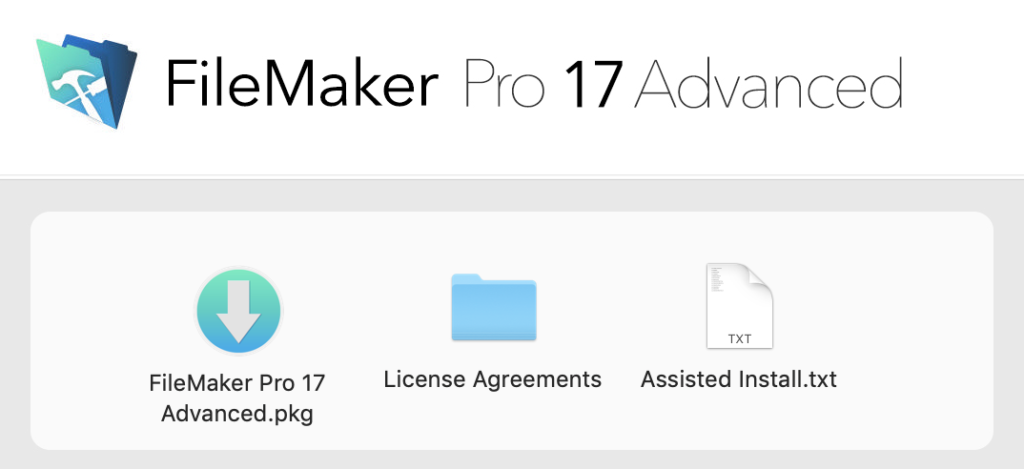
MBS( "Files.Delete" "C:\ProgramData\FileMaker\FileMaker Pro\19.0\LicenseCert.fmcert")] MBS( "Files.Delete" "C:\ProgramData\FileMaker\FileMaker Pro\19.0\LicenseData") & MBS( "Files.Delete" "/Users/Shared/FileMaker/FileMaker Pro/19.0/LicenseCert.fmcert")] MBS( "Files.Delete" "/Users/Shared/FileMaker/FileMaker Pro/19.0/LicenseData") & MBS("Files.Delete" "C:\Users\Christian\Desktop\test1.txt♬:\Users\Christian\Desktop\test2.txt") MBS("Files.Delete" "/Users/cs/Desktop/test1.txt¶/Users/cs/Desktop/test2.txt") $r = MBS("Files.Delete" "C:\Users\Christian\Desktop\testing.fp7") $r = MBS("Files.Delete" "/Users/cs/Desktop/testing.fp7")

If you like to have the user choose the path, you can use FileDialog functions.įor Server be aware that server has limited permissions and may not be able to access all files on a computer. Use Path.FileMakerPathToNativePath to convert a FileMaker path to a native path if required. On Windows you can't delete/move an open file. Warning: If you pass path to a folder hierarchy, the whole folder hierarchy gets deleted! So you can pass a list of paths instead of just one. Version 6.3 and newer support deleting a list of files. It is possible that the OS decides to not delete the file and fail (e.g. Also Files.MoveToTrash usually works on files in use. Use Files.MoveToTrash to move files to trash which is often better as it allows users to undo the operation. Works also for directories and can easily remove whole directory hierarchies! Be careful and make backups.

The native file path to the file to be deleted.ĭeletes a file directly without moving it to trash. $Path) /* The native file path to the file to be deleted.e.g. MBS( "Files.Delete" /* Deletes a file directly without moving it to trash.


 0 kommentar(er)
0 kommentar(er)
